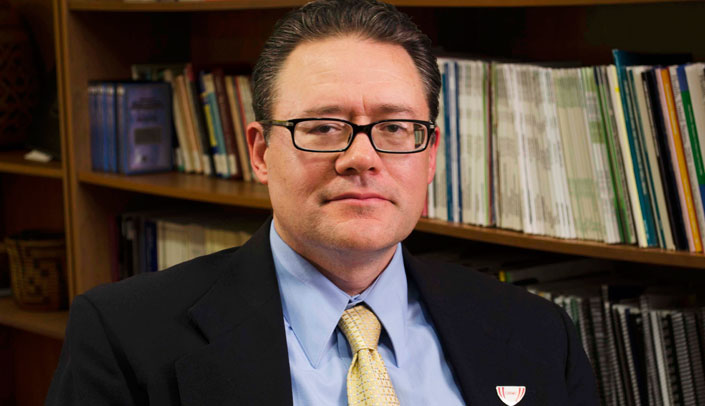Since 1993, the profile of a drugged driver has changed substantially. A study released Monday in “Public Health Reports” shows that more drivers are now testing positive for prescription drugs, cannabis, and multiple drugs, and they are more likely to be older than 50.
“While we’ve seen a decrease over the years in motor vehicle fatalities involving people under the influence, the nature of those crashes is changing,” said study author Fernando Wilson, Ph.D., associate professor at UNMC.
What is drugged driving?
Drugged driving is being under the influence of either a prescription drug or an illicit drug such as cocaine, marijuana or heroin. It excludes alcohol.
Who’s driving drugged?
To a certain extent, it depends on what type of drug. For marijuana, primarily younger drivers involved in fatal crashes. But the nature of the profile of a typical drugged driver is changing in the U.S. In the past it was mostly cannabis and other illicit drugs. Now prescription drugs have overtaken cannabis as the most prevalent type of drug involved in these fatal crashes.
The study examines trends in the characteristics of U.S. drivers who have been involved in fatal crashes between 1993 and 2010 and test positive for drugs. The study was funded by the Public Health Law Research program of the Robert Wood Johnson Foundation to investigate the relationship between state laws and the consumption of alcohol and other drugs on fatal car crashes. Learn more about the study and see additional findings here.
The study finds that the percentage of drugged drivers with three or more drugs in their system nearly doubled from 1993 to 2010, increasing from 11.5 percent to 21.5 percent.
“In 1993, about one in eight drivers were using multiple drugs concurrently. By 2010, it was closer to one in five. That’s a large increase in drug use,” Dr. Wilson said.
“Beyond that, we’re also seeing more and more people using drugs and alcohol together. About 70 percent of drivers who tested positive for cocaine had also been consuming alcohol, and almost 55 percent of drivers who tested positive for cannabis also had alcohol in their systems,” he explained.
The study also notes trends in drug use associated with age: Almost 60 percent of marijuana-only users were younger than 30 years old and 39 percent of prescription users were 50 years old or older.
This trend seems to be in line with an overall increase in the use of prescription drugs by Americans and the older population in general — 90 percent of people ages 65 and older have prescription expenses.
“These trends are likely to continue into the future, given the aging U.S. population, an increasing reliance on prescription medications by medical providers, and increasing initiatives to legalize marijuana,” Dr. Wilson said. “However, it is unclear whether current state policies are completely up to the challenge of addressing the growing issue of drugged driving.”
